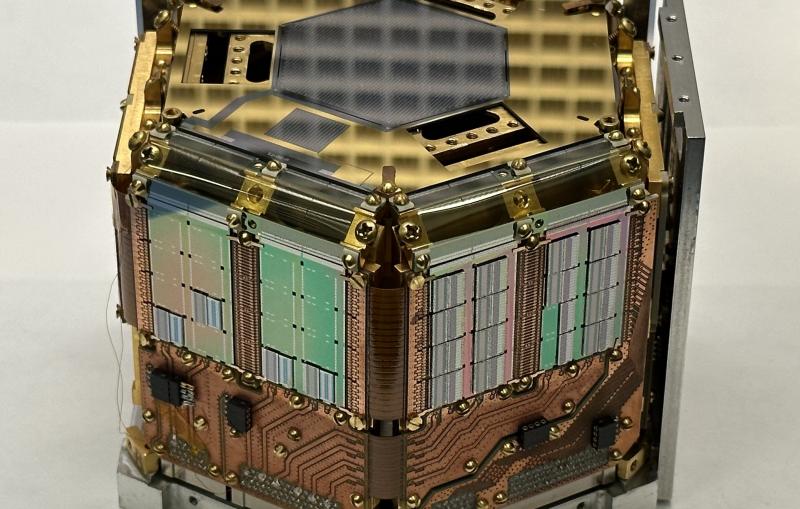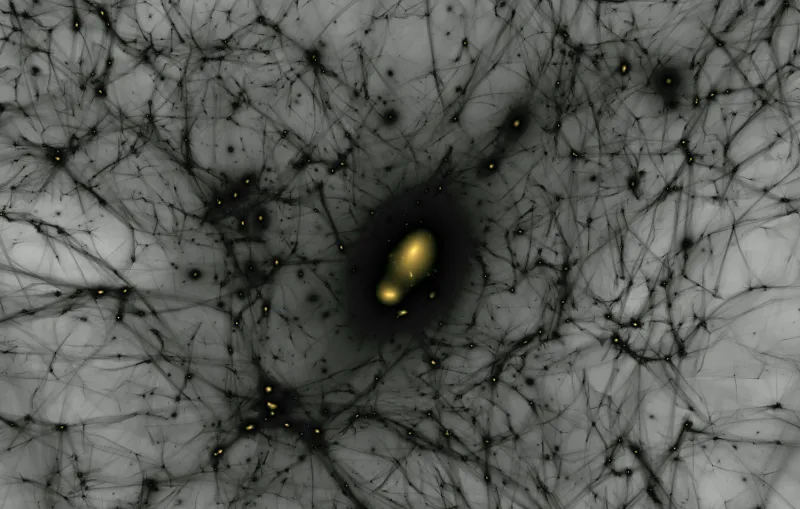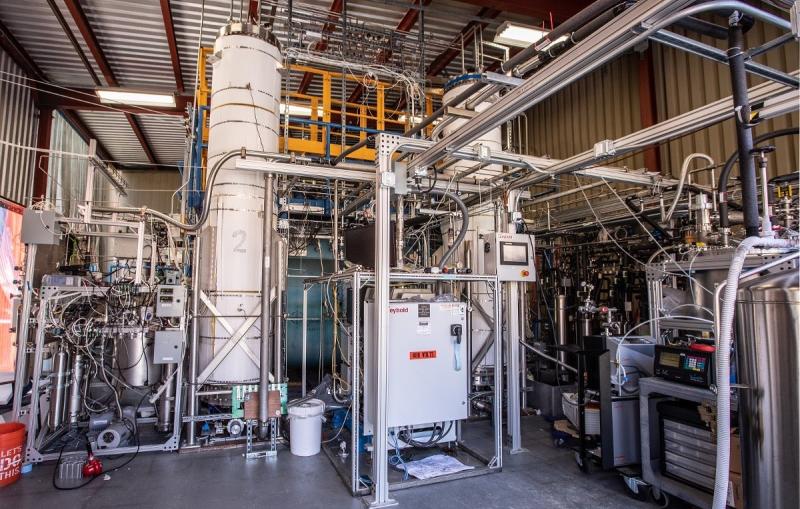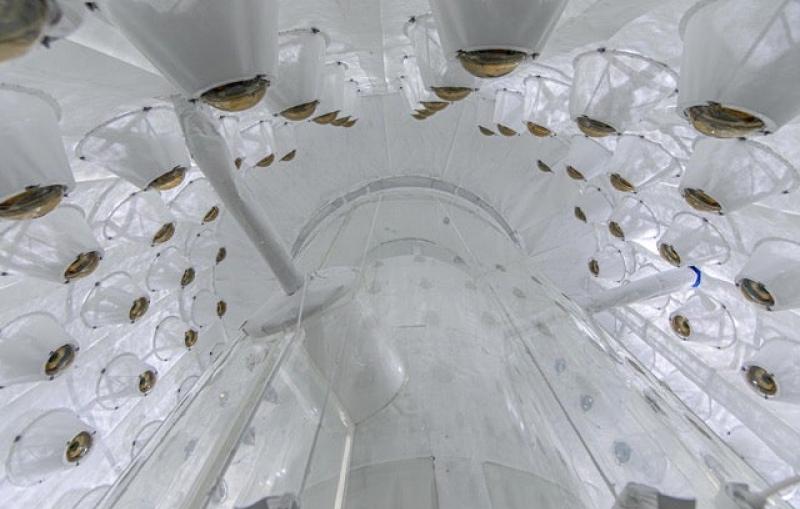February 12, 2016
Stanford Scientists Celebrate Technological Advances that Finally Made Gravitational Wave Detection Possible
Contributions to LIGO have come from many Stanford teams, including SLAC, Applied Physics, Mechanical Engineering, Aeronautics and Astronautics and the School of Earth, Energy and Environmental Sciences.
Contributions to LIGO have come from many Stanford teams, including SLAC, Applied Physics, Mechanical Engineering, Aeronautics and Astronautics and the School of Earth, Energy and Environmental Sciences.
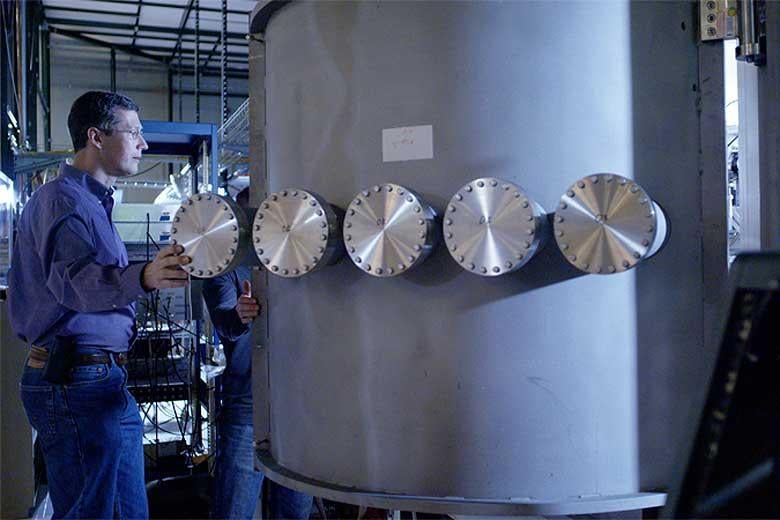
Dig Deeper
